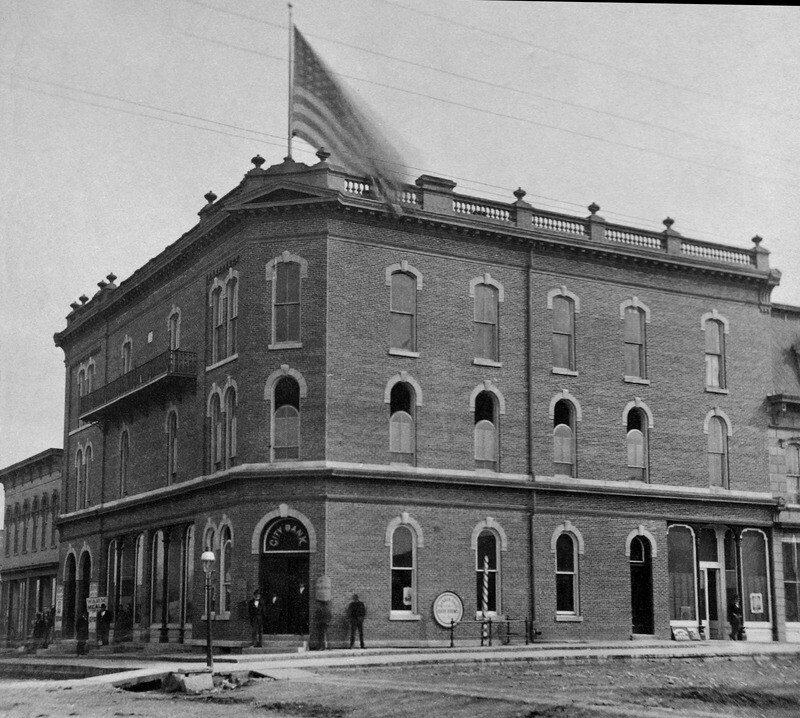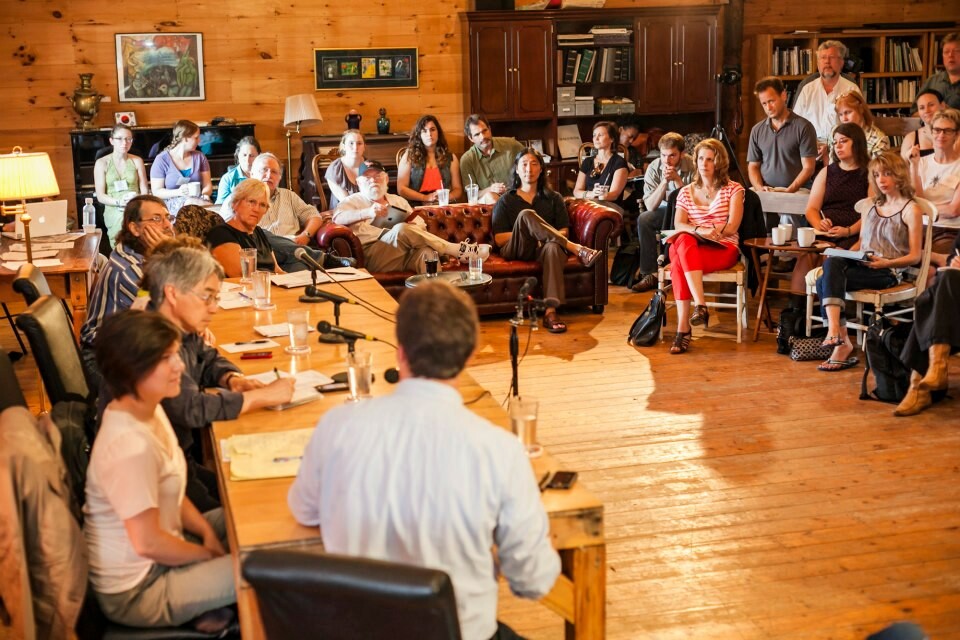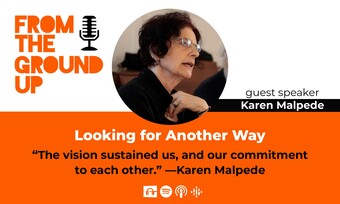Scott Walters is an author, professor, and theatre historian whose new book, Building a Sustainable Theater: How to Remove Gatekeepers and Take Control of Your Artistic Career, outlines a fresh new take on how small theatre companies can reestablish their footholds within an industry that increasingly sees them as expendable. Earlier this year, Scott sat down with HowlRound fellow Munroe Shearer to discuss the book, this history of centralized theatre, and how we can return power to artist-owned theatres that best serve local communities.
Munroe Shearer: Talk to me about the decision to make the book available completely for free online. Why was this model of access so important to you?
Scott Walters: I’ve always disliked gatekeepers, and publishers are gatekeepers. It would have been hypocritical of me to suggest people start their own theatres if I wasn’t willing to publish my own book!
Another issue was speed: I had had the experience of publishing a textbook through a major publisher, and it took forever for the book to become available. I wanted my book out quickly because in the summer of 2023 everything seemed like it was crashing, and it seemed to me like an alternative vision was needed. Also, publishers want books that echo conventional wisdom, which is definitely not this book.
Why free? Because my target audience is probably early career, or even coming out of college. They probably are frustrated, and they probably don’t have a huge amount of money. So, I thought, let’s just make it available, not only free, but in a way that allows readers to send an easy link to a friend or collaborator.
Munroe: You mention these large-scale changes over the summer, but tell me more about why this book feels so important to this moment?
Scott: In a lot of ways, I’ve been writing this book for fifteen years. I got a National Endowment for the Arts grant fifteen years ago to develop business models for theatres in small and more rural communities, and then I taught that material for years afterward. But suddenly, over this summer, things really begin to tank at the regional theatre level. And what interested me is that it seemed to be the largest theatres that were getting hit particularly hard. To me, that indicated that the business model was starting to fall apart.
There were two things that were said when all of this was coming out. One was about donor fatigue: the idea that people are tired of constantly having to contribute year after year to the same theatre.
Munroe: Right. In the wake of the COVID-19 pandemic, when we’re used to this constant deluge of crisis in every area of our lives, donor fatigue takes on a new level. Donors are forced to say, “when everything is falling apart, how can I justify sustaining this one thing that’s falling apart.”
Scott: Absolutely. And donors are at the center of the nonprofit theatre model. What’s interesting to me was that there are smaller groups of younger artists that are not being hit nearly as hard by these huge crashes. They’ve been able to transition their methods of connection with their audiences into new formats, and that those connections were so strong that they ended up doing just fine. They were far less reliant on donors to begin with, so donor fatigue wasn’t an earthquake like it was in the big theatres.
Those New York touring productions are coming in without any connection to the audience or community, and the audience has no connection to the performers. It has become a transaction; they’re buying a product.
Munroe: Totally. When things change drastically, the group that grew up inside of that change is going to see it as a much more hospitable creative environment than a group that is used to one system and has a new one thrust upon them. Pandemic theatre is the only version of professional theatre than an entire generation of artists has had access to.
I’m interested in how we ended up at that structure though.
You give a history lesson in the book about the Theatrical Syndicate, and how it can still be felt in the business models of theatres today. Can you talk a little bit more about what the Syndicate is and what remnants of it we still see today?
Scott: Definitely. It’s so fascinating to me that this isn’t taught everywhere in Theatre 101 classes.
Munroe: I couldn’t believe this was my first time hearing this story.
Scott: The short version of it is this: before the Theatrical Syndicate, which was formed in 1896, there were thousands of stock companies throughout the United States. These theatres had their own seasons, but they also were also visited by famous actor-managers like Edwin Booth, James O’Neill, or Charlotte Cushman, and they would perform with the actors of the resident stock company. It worked for both the company and the actor-managers. Think of it this way: a celebrity actor like, say, I don’t know, Andie MacDowell might tour the country performing Love Letters with a local community theatre actor in each town. The theatre would likely be packed, right? So that was the model in the nineteenth century.
The Theatrical Syndicate was a group of money men who owned theatre spaces all over the country. They were tired of actor-managers telling them what percentage of revenue they would get, what plays they wanted to do, and so forth. In other words, they wanted more control and a bigger cut of the pie. So, they met at a hotel on Fifth Avenue in New York and brainstormed how they might do that. They decided that the theatre spaces were key. Distances between large cities were too big for centralized tours at that time, so it required one-off stops in smaller towns along the way. The syndicate bought up the smaller theatres between the big cities. Then they told the actor-managers: if you want to perform here, you have to work for us. You have to be our employees. We’ll choose the plays you do, how much you get paid, how long the tour is. Everything. From there, they had total control of what plays they could do in those spaces, how much actors would get paid, etc.
Once the train system got strong enough to allow an entire production to travel between these cities, not just the star, the stock companies were cut out, and the entire production became centralized in New York City. So, the stock companies died, and casting was centralized in New York.














Comments
The article is just the start of the conversation—we want to know what you think about this subject, too! HowlRound is a space for knowledge-sharing, and we welcome spirited, thoughtful, and on-topic dialogue. Find our full comments policy here